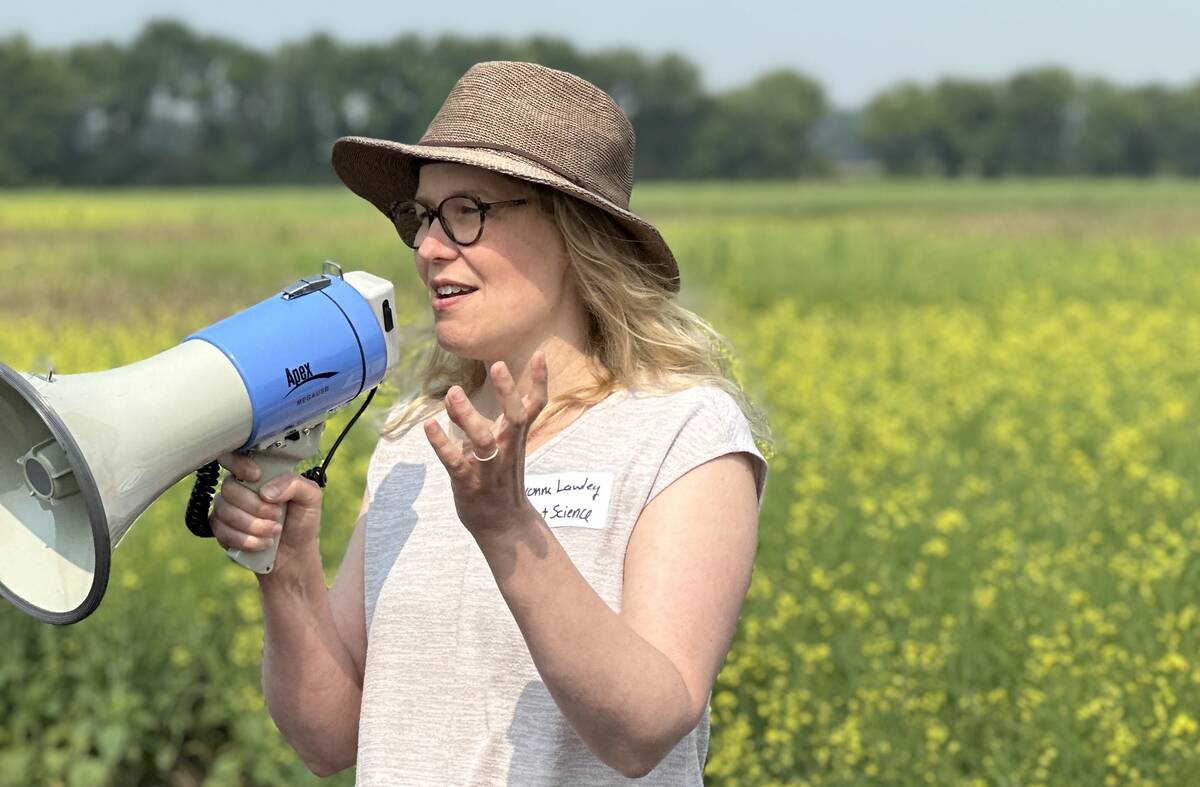Efforts to sequence the wheat genome are only at an initial stage of what will be a long-term project requiring more government support, leading Chinese and international scientists said Aug. 31.
British researchers last month released the first version of the wheat genome, a step toward a fully analyzed map that should help wheat breeders develop high-yielding varieties that are more resistant to drought or disease.
“There is still a long way to go,” Jia Jizeng, who leads a Chinese team on wheat genome research, told Reuters.
Read Also

Cereal cover crops show mixed flea beetle protection for canola
University of Manitoba researchers are testing if planting fall rye and oat nurse crops help growers reduce damage without hurting yield.
“The British scientists’ work is helpful for wheat genome research. But the news should not be misunderstood” to mean the sequence had been completed, said Jia, adding the British work could represent less than 10 per cent of the sequencing process.
Two other leading Chinese genome scientists agreed with Jia’s comments, and the International Wheat Genome Sequence Consortium (IWGSC) also made cautionary comments about the British team’s work.
The consortium said it strongly disagreed with implications that the British sequencing work was comparable to the progress made on rice, maize or soybean genomes.
“This premature claim is jeopardizing the ongoing international efforts to truly achieve a genome sequence with high utility for wheat in the next five years,” the consortium said on its website ( www.wheatgenome.org).
The British team said it had achieved fivefold coverage of the wheat genome – meaning that every single base pair of chemicals within its DNA had now been measured five times.
The Chinese scientists and the IWGSC said this was far from the final goal.
“The raw sequence reads produced by the U. K. team could be viewed as similar to having an unordered string of all of the letters from a set of encyclopedia volumes, and it is clear that significant additional resources and effort, by far exceeding those invested to achieve the 5X coverage, will be needed over the next few years to obtain a wheat genome sequence,” the IWGSC said.
———
“Thispremature claimisjeopardizing theongoing
internationalefforts totrulyachievea genomesequence withhighutility forwheatinthe nextfiveyears.”
– WHEAT GENOME CONSORTIUM














